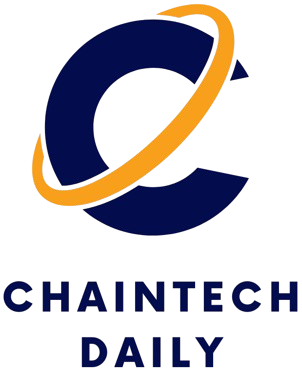Disclosure: The views and opinions expressed here belong solely to the author and do not represent the views and opinions of crypto.news’ editorial.
For years, cryptocurrency advocates have passionately highlighted the transformative potential of blockchain, often in contrast to traditional financial institutions. The creation of Bitcoin (BTC) in 2008 was a response to a moment of global uncertainty, and it sparked a wave of innovation that’s continued to reshape the financial landscape. While the community has made incredible progress and built groundbreaking technology, the dialogue has at times felt overly combative. In reality, established payment providers and banks offer infrastructure, trust, and global reach that can help crypto scale faster and reach more people than ever before.
Summary
- Crypto ownership in Australia is growing, but everyday use remains low, largely due to clunky UX, complex wallets, and interoperability issues, challenges that are now being actively solved.
- Seamless payment solutions like crypto debit cards are bridging the gap, converting assets to fiat in real time and making spending crypto feel just like using a traditional bank card.
- Partnerships with traditional finance can accelerate adoption, offering trust, reach, and infrastructure that the crypto industry alone cannot replicate, especially for mass-market users.
- Australia has a chance to lead globally by embracing collaboration between DeFi and TradFi and building a financial system that makes crypto accessible, useful, and trusted for all.
While around six million Australians now hold cryptocurrencies, practical everyday usage remains limited. Only 15–20% use non-custodial wallets, and most are simply holding assets rather than engaging with them. But this is less a reflection of disinterest and more a signal that the user experience still has room to evolve.
Today, spending crypto from a non-custodial wallet often means juggling multiple apps, navigating complex interfaces, and relying on long wallet addresses that few everyday users feel confident handling. Interoperability across blockchains also remains a hurdle, leaving many assets sidelined despite their potential. But these are solvable problems, and in many cases, they’re already being addressed. As the UX improves and the infrastructure becomes more intuitive, crypto is poised to move from speculative store-of-value to something far more dynamic and useful in people’s daily lives.
The good news is, these barriers are being broken down. New crypto-enabled debit cards now allow users to spend digital assets directly. When it’s time to spend, services like Mastercard seamlessly convert those assets into fiat, enabling instant transactions that feel no different from using a traditional card. Behind the scenes, it’s still crypto, but for the user, it’s simple, fast, and familiar. We’re already seeing major banks adopt blockchain for tasks like equity settlement. Now it’s retail’s turn. Cryptocurrencies no longer need to exist on the fringes or feel exclusive to tech-savvy circles; they can become as integrated and ubiquitous as the digital services we’ve embraced over the last two decades.
Some early crypto purists may resist the idea of decentralised digital assets working alongside traditional financial services, but the truth is, established institutions bring decades of infrastructure, trust, and reach that can accelerate adoption in ways the crypto space simply can’t achieve alone. Rather than viewing TradFi as a threat, we should see it as a bridge. By leveraging the existing payment rails of providers like Mastercard, cryptocurrencies gain a powerful portal to everyday users who may not want complexity, but are open to exploring digital assets when the experience is seamless. Letting go of outdated assumptions and embracing practical collaboration could be the key to unlocking crypto’s next wave of mainstream growth.
While some in the crypto community may still hold tightly to its original libertarian ideals, there’s no denying the value that mainstream adoption is bringing, especially here in Australia. We’ve seen growing regulatory interest, local banks exploring blockchain pilots, and the rise of real-world use cases like crypto-linked debit cards. Globally, developments like the SEC approving spot Bitcoin ETFs signal a shift, but Australia doesn’t need to wait to follow. We have an opportunity to lead by embracing crypto not just as an investment, but as part of the future financial infrastructure.
For crypto to truly thrive in Australia, it needs more than innovation; it needs access, reach, and trust. That’s where traditional finance can play a powerful role. By working with banks, payment providers, and fintech partners, the crypto industry can deliver better experiences for everyday Australians, from easier cross-border payments to real-world spending options. The challenges are real, but so is the potential. If DeFi and TradFi can come together, we can shape a more inclusive, open, and efficient financial system for all Australians.



